Continue without accepting
→

With your agreement, our partners and we use cookies or similar technologies to guarantee you a better browsing experience, for statistical purposes or to carry out advertising actions in connection with your habits and interests as well as sharing with social networks.
For more information on cookies, please click on the « More info » link.
For more information on cookies, please click on the « More info » link.



.jpg)



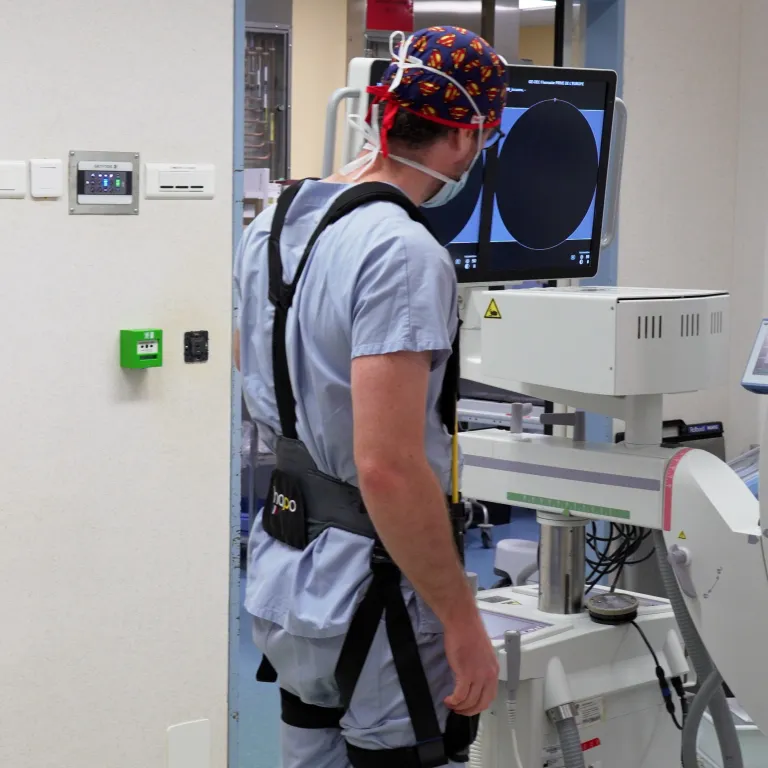
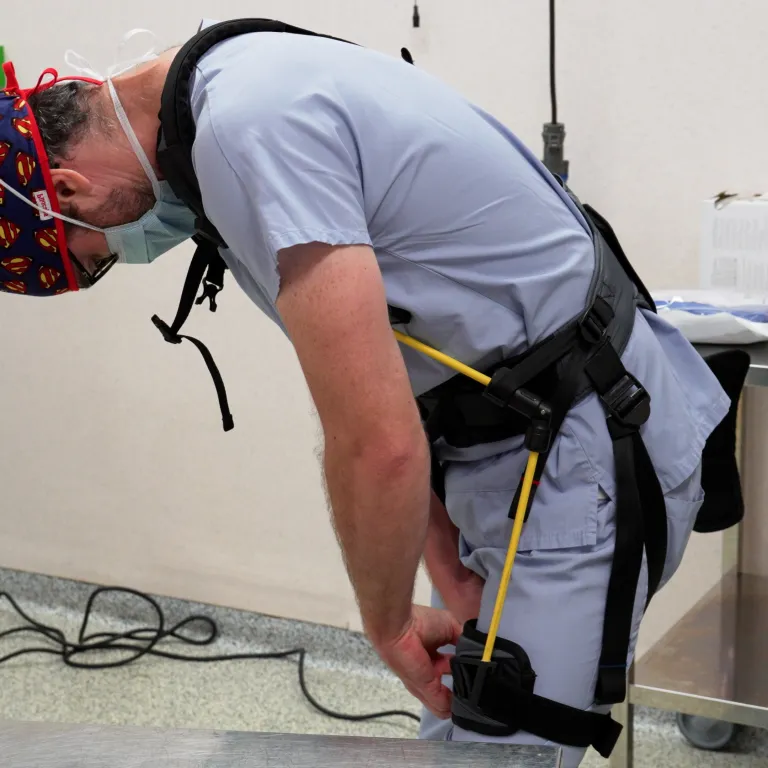
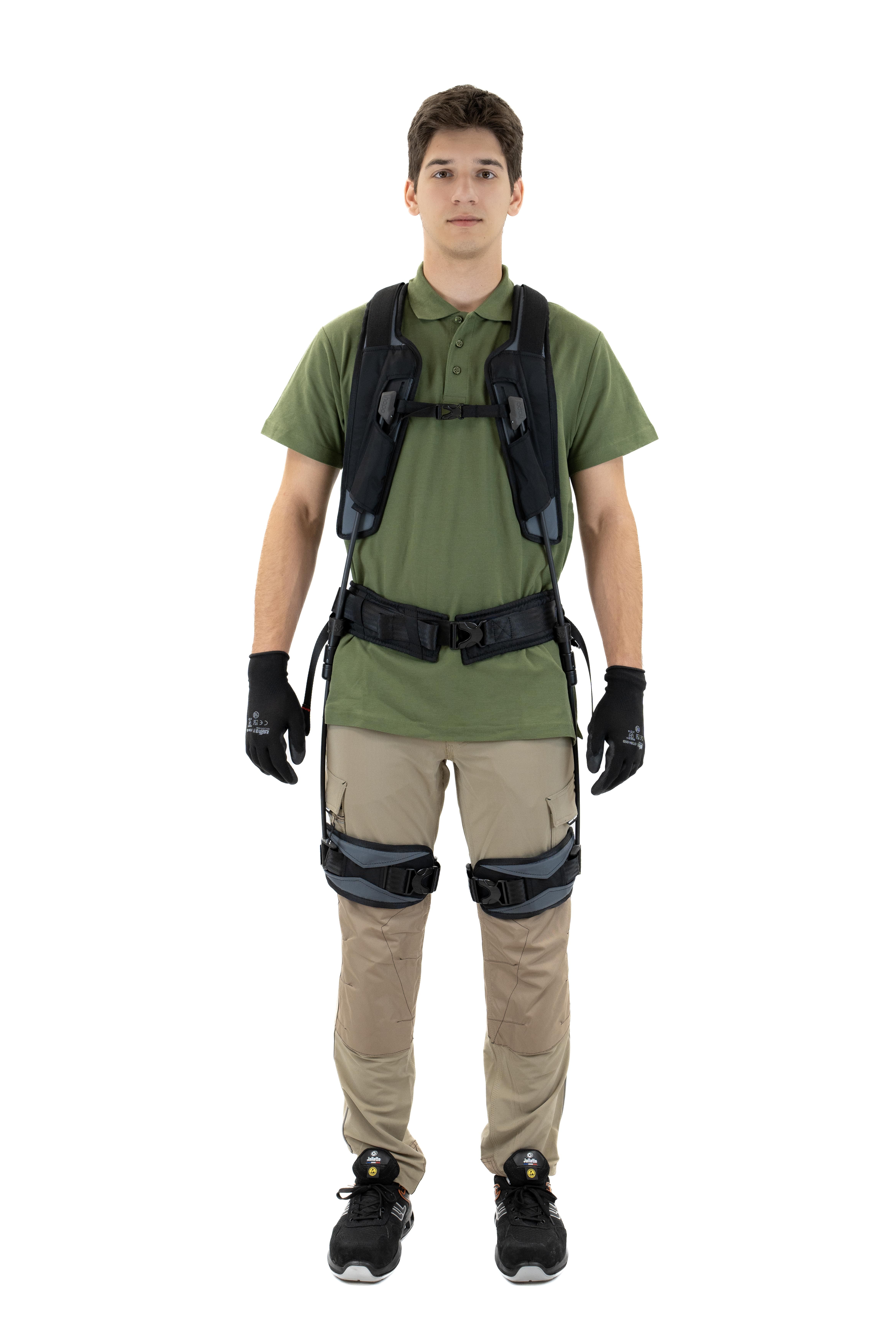
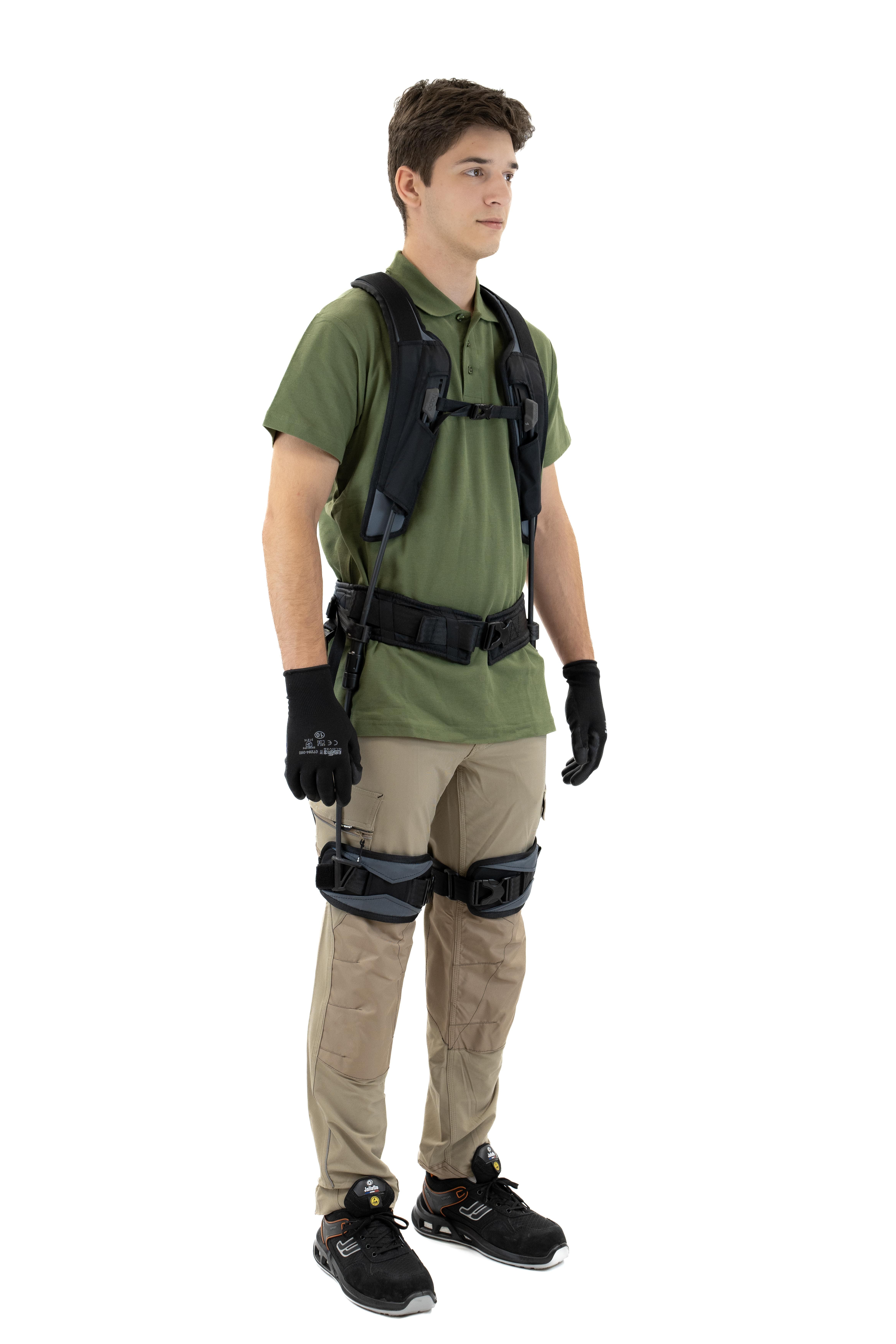
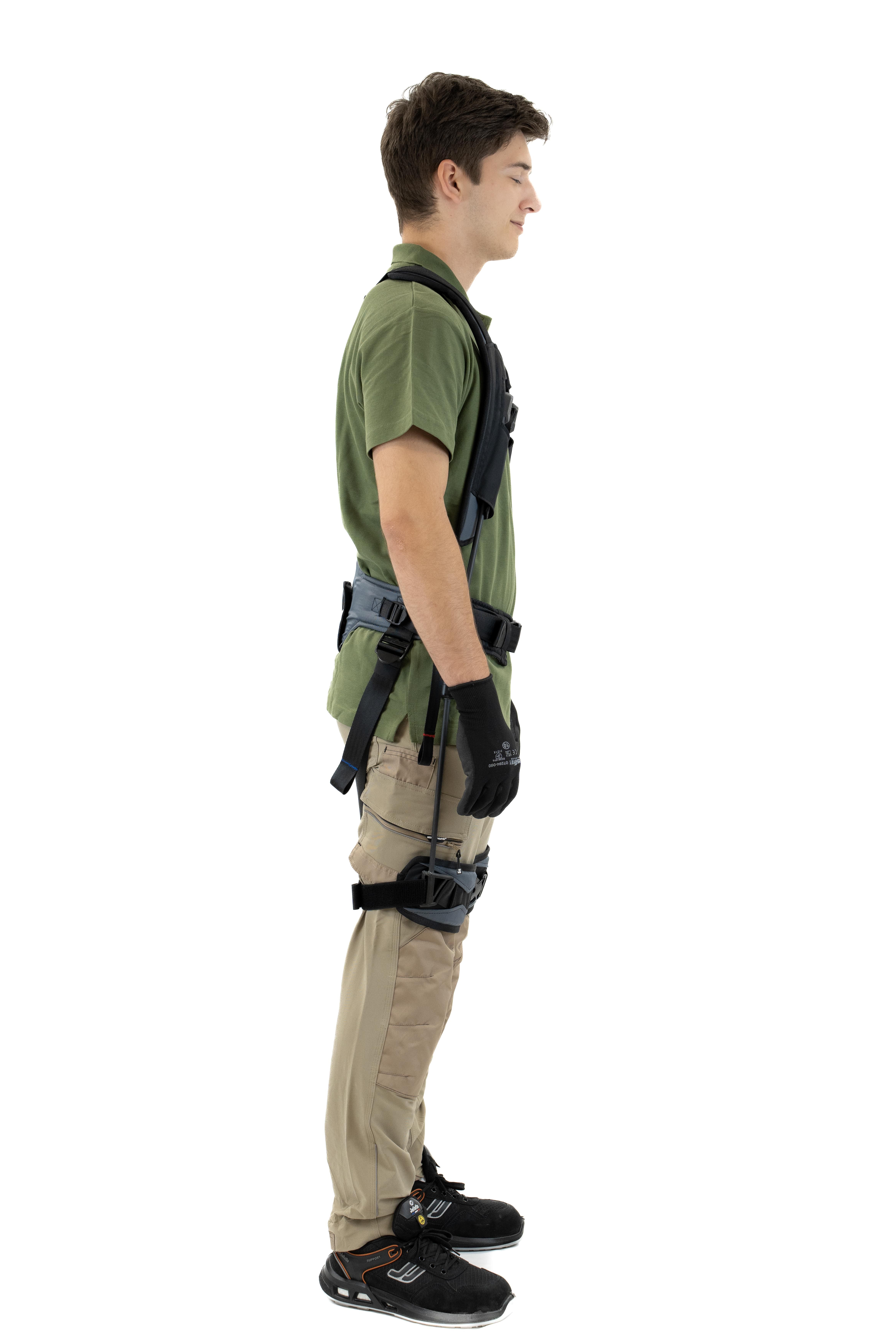
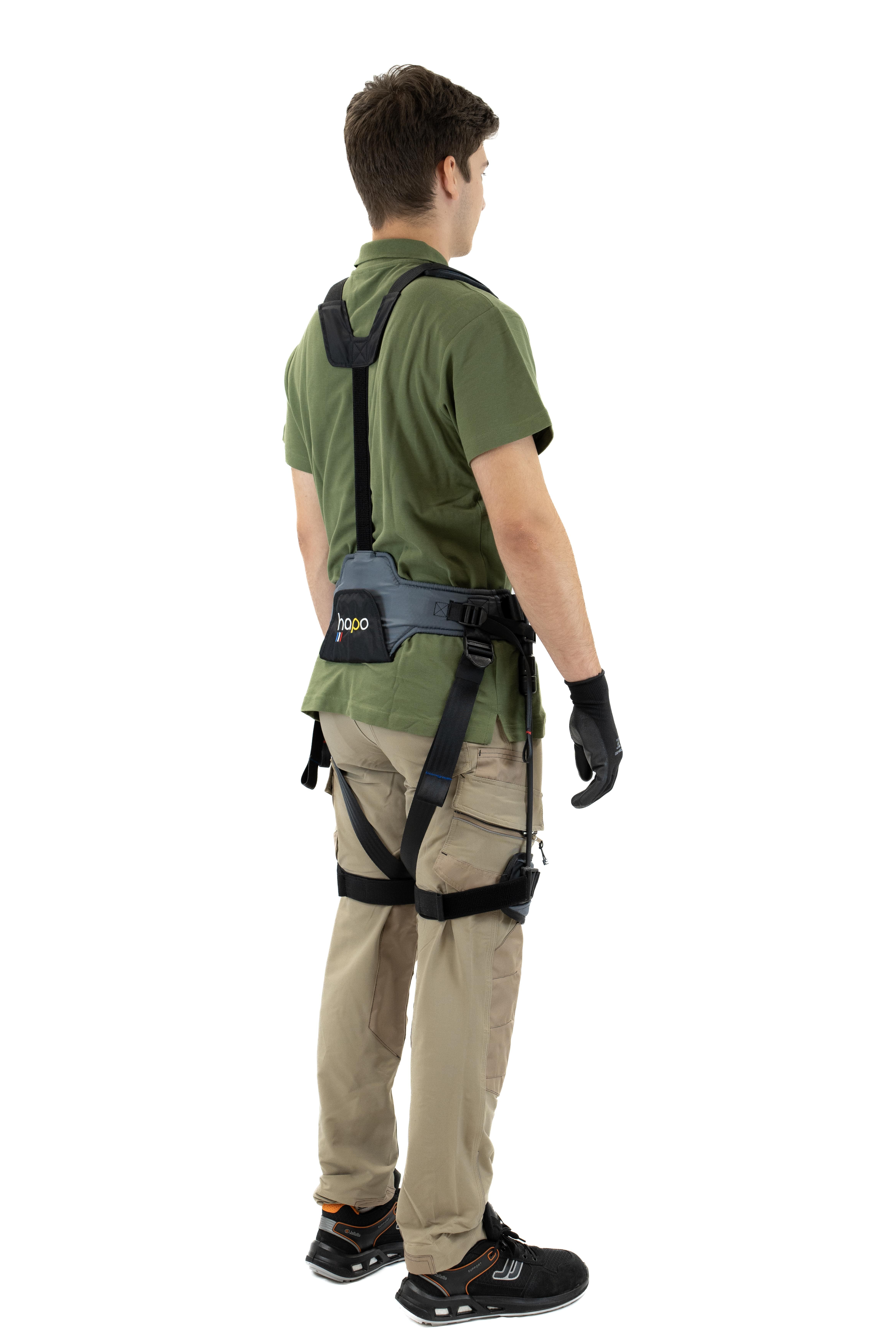
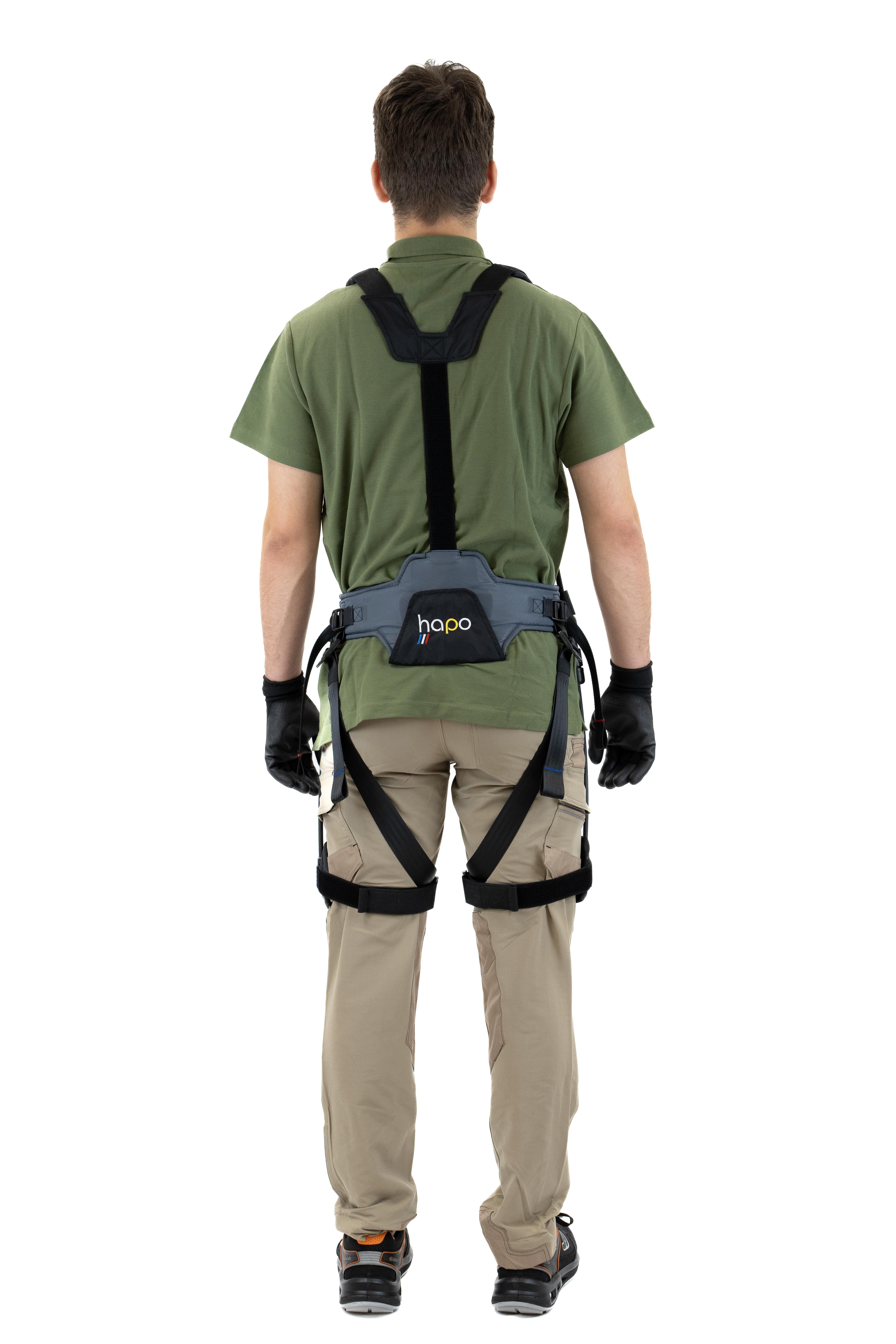
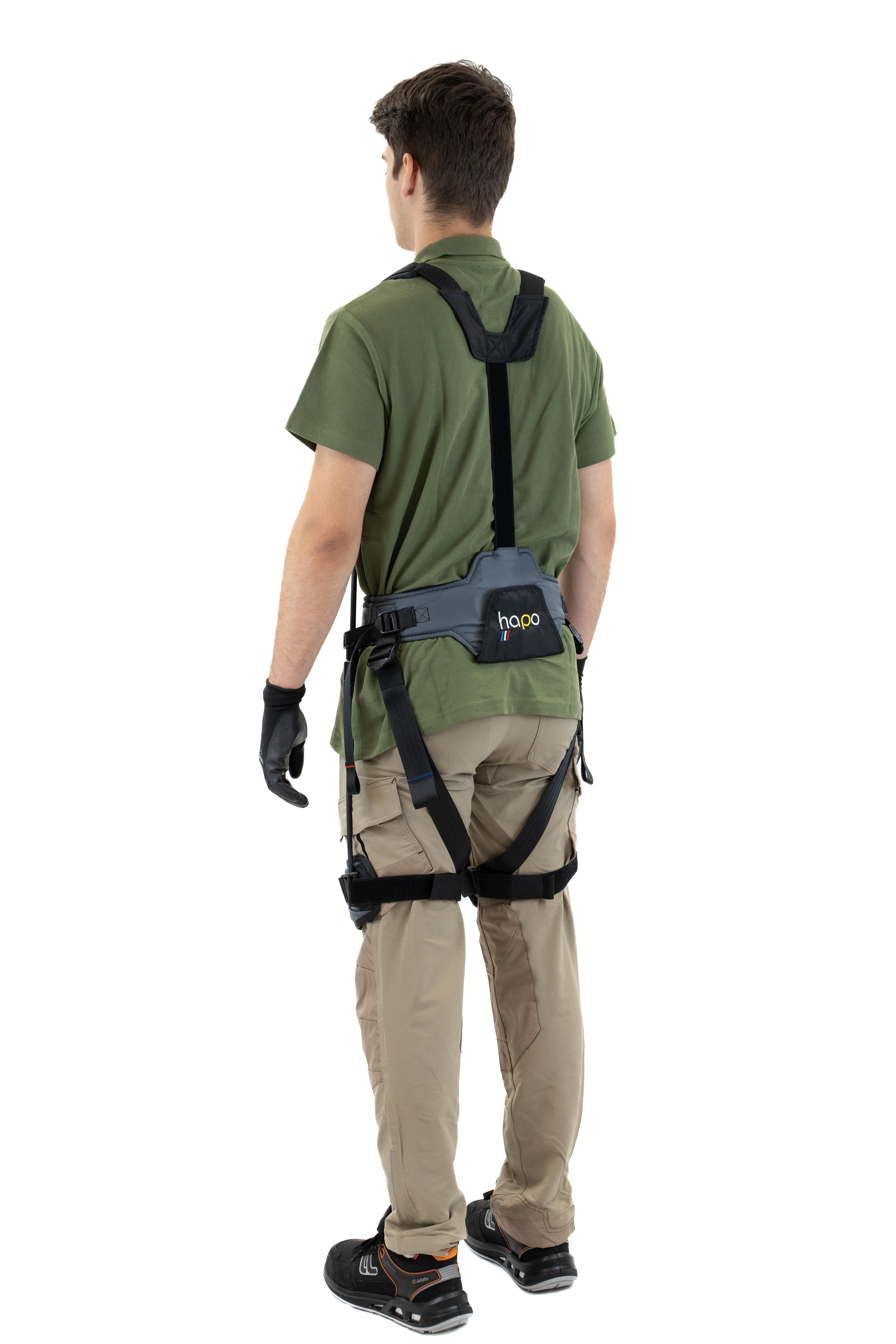
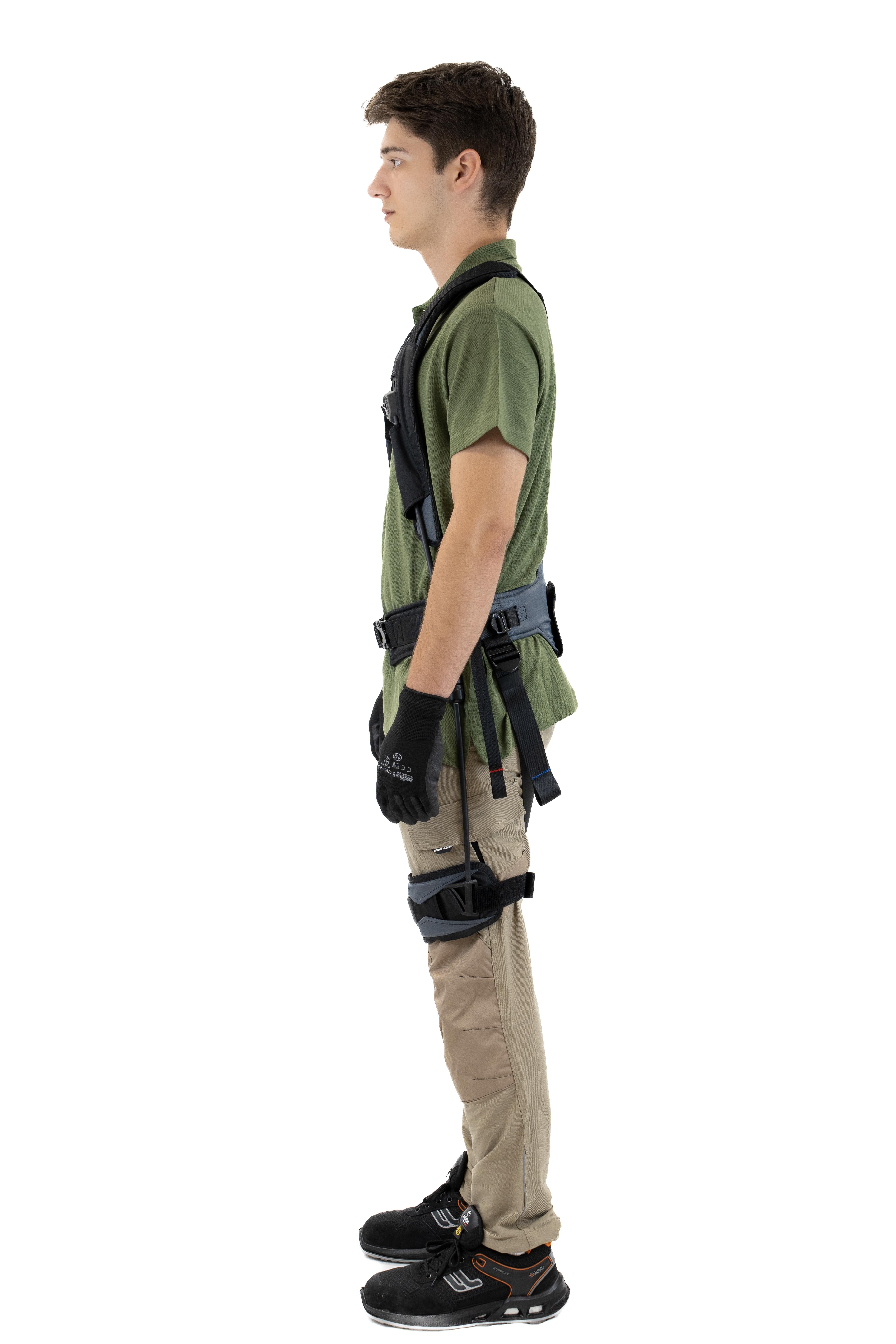
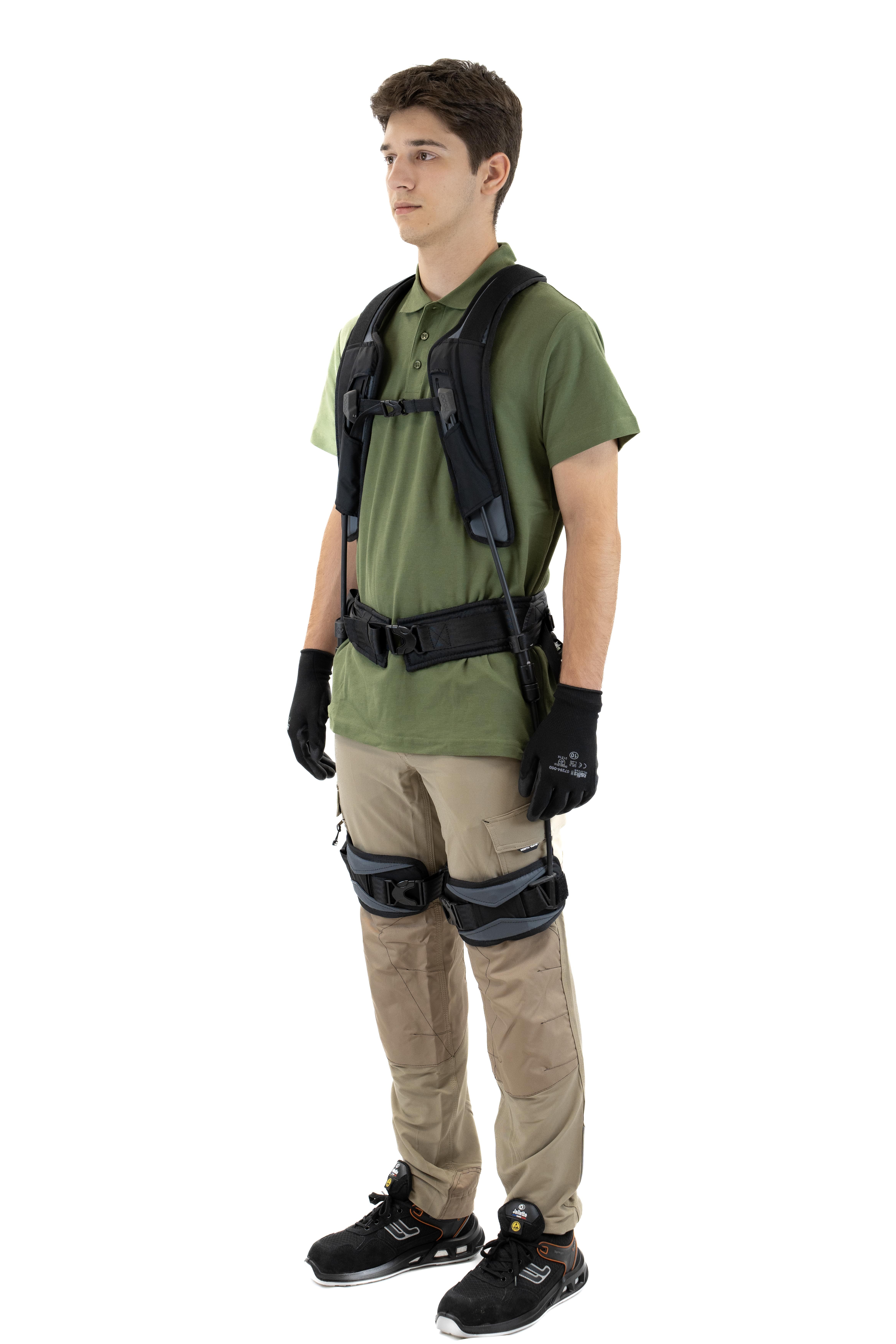
.jpg)
.jpg)
.jpg)
.jpg)
.jpg)
.jpg)
.jpg)
.jpg)